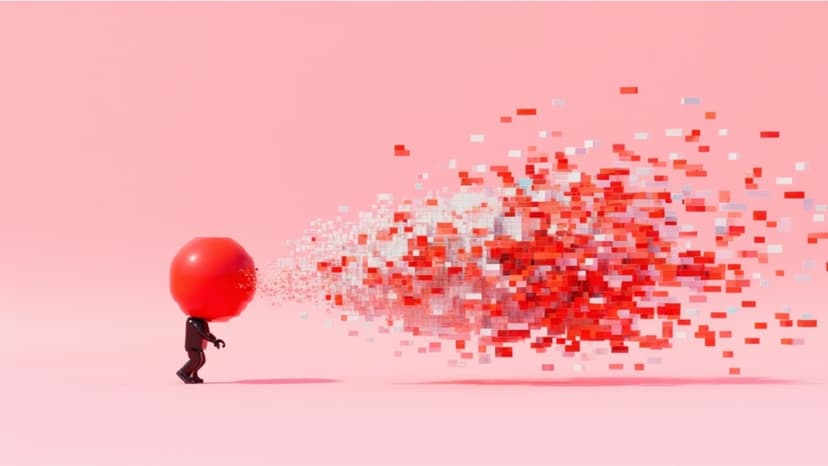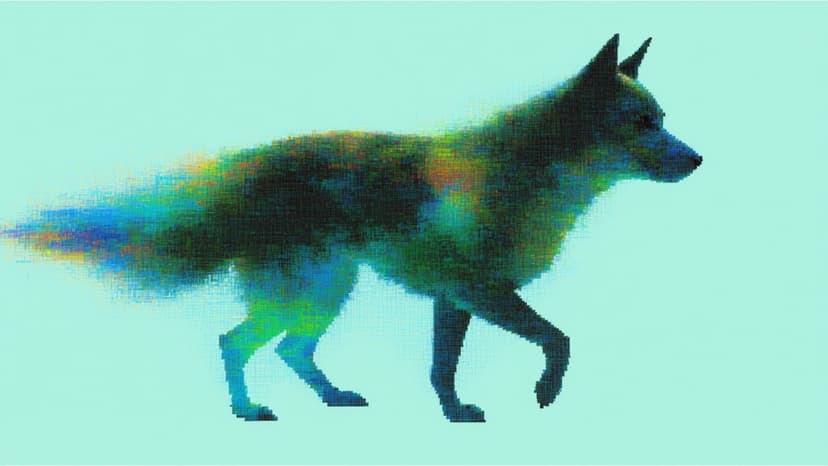Flux 2's power unlocks through structured prompting: lead with your subject, use HEX codes for exact colors, leverage JSON for complex scenes, and follow hierarchical information architecture for production-ready results.
Understanding Flux.2's Prompting Intelligence
The gap between mediocre and production-ready AI images comes down to prompt engineering. Flux 2 understands structure, hierarchy, and intent. This guide transforms how you approach AI image creation across product photography, editorial content, and stylized illustrations.
Flux 2 doesn't just interpret words, it processes prompts with architectural sophistication, handling everything from natural language descriptions to structured JSON inputs. Available in two variants Flux 2 Pro for production work and Flux 2 Dev for experimentation), the model rewards structured communication.
The Foundational Framework
Every successful prompt follows a clear hierarchy: foundation before decoration.
Subject First, Details Second
Start with your core subject. This is how Flux 2 prioritizes information.
Weak: "Create an image with soft lighting and warm tones featuring a leather handbag"
Strong: "Luxury leather handbag, displayed on marble surface, soft directional lighting, warm amber tones"
The Four-Pillar Structure
- Subject: Core entity (person, product, object)
- Action: What the subject is doing, pose, state
- Style: Artistic or photographic aesthetic
- Context: Environment, lighting, mood, composition
Flux 2 weighs earlier information more heavily. Place critical requirements at the beginning.
Natural Language Prompting Techniques
For straightforward generation, natural language remains powerful when structured correctly.
Specificity Drives Quality
Instead of "a woman holding a product," use: "Professional model, mid-30s, holding Armani fragrance bottle at chest height, natural smile, soft studio lighting, cream background, shot on 85mm lens at f/2.8."
Color Control with HEX Codes
Flux 2 supports direct HEX codes for exact brand colors:
"Product photography of running shoe, primary color #FF6B35, secondary accents #004E89, white background, overhead lighting"
This ensures brand consistency across every generation.
falMODEL APIs
The fastest, cheapest and most reliable way to run genAI models. 1 API, 100s of models
JSON Structured Prompting for Complex Scenes
For complex scenes, JSON prompting unlocks Flux 2's full potential. Structured inputs dramatically improve consistency.
Basic JSON Structure
{
"scene": "Modern minimalist kitchen",
"subjects": [
{
"type": "ceramic coffee mug",
"description": "matte black finish, gold interior, steam rising",
"position": "foreground"
}
],
"style": "lifestyle photography",
"color_palette": ["black", "gold", "white"],
"lighting": "soft morning sunlight from left",
"mood": "calm and sophisticated",
"camera": {
"angle": "slightly low",
"lens": "50mm",
"f-number": "f/2.8"
}
}
Flux 2 Pro delivers production-ready results matching exact specifications.
When to Use JSON vs. Natural Language
Natural language: Quick iterations, single subjects, creative exploration
JSON: Multi-subject compositions, brand-specific work, complex scenes with specific camera requirements
Camera and Technical Parameters
Flux 2 understands photography terminology with remarkable accuracy.
Camera Angles: Eye level (natural), low angle (powerful), bird's-eye (architectural), over-the-shoulder (intimate)
Lens Selection: 14-24mm (wide, dramatic), 35-50mm (natural), 70-85mm (portrait), 100mm+ (telephoto)
Depth of Field: f/1.4-f/2.8 (shallow/blurred background), f/4-f/5.6 (moderate), f/8-f/16 (deep focus)
"Shot on 85mm lens at f/2.0 for shallow depth of field" produces markedly different results than "Shot on 24mm lens at f/11 for maximum sharpness."
Style and Mood Descriptors
Flux 2 excels at interpreting artistic direction. The right descriptors transform technical specifications into compelling visuals.
Photographic Styles: Lifestyle (natural, relatable), Editorial (dramatic, magazine-quality), Product (clean, commercial), Fashion (bold, stylized)
Mood and Atmosphere: Combine mood with technical specifications: "Editorial fashion photography, dramatic and moody, shot on 70mm at f/2.8, low-key lighting with single source from left"
Advanced Prompting Strategies
Compositional Guidance
Flux 2 understands classical composition principles:
- Rule of thirds: Balanced, professional
- Golden spiral: Natural, flowing
- Triangular arrangement: Stable, harmonious
- Diagonal energy: Dynamic, active
Lighting Scenarios
Be specific about lighting quality and direction:
- "Soft diffused studio lighting from above"
- "Hard directional sunlight creating long shadows"
- "Golden hour ambient light with warm tones"
- "Overcast natural light, even and soft"
Text Generation Within Images
Flux 2's sophisticated text rendering enables creation of magazine covers, infographics, and branded content with readable, well-integrated text.
Text Prompting Best Practices
- Specify exact text in quotes: "Magazine cover with headline 'FUTURE DESIGN' in bold sans-serif"
- Indicate text placement: "Product label centered on bottle"
- Define typography: "Elegant serif font for luxury feel"
Flux 2 Pro particularly excels at text-heavy compositions, maintaining both readability and aesthetic quality.
Image Editing and Transformations
Beyond text-to-image generation, Flux 2's editing capabilities enable sophisticated image transformations. Focus your prompts on the specific transformation rather than redescribing the entire scene.
Instead of: "Change the entire image to show a person in a red dress standing in a park with trees"
Use: "Change dress color to red" or "Add warm sunset lighting"
The model understands context and preserves what matters while transforming what you specify.
Custom Model Training with LoRA
For specialized workflows, Flux 2's LoRA training enables custom model adaptation. When prompting with trained LoRAs, use simpler prompts since the model already understands your specific style or transformation.
Recently Added
Iterative Refinement Process
Mastering Flux 2 prompting requires systematic refinement.
The Three-Pass Approach
- Foundation Pass: Basic prompt with core requirements
- Refinement Pass: Add style, lighting, and mood specifications
- Polish Pass: Fine-tune with Flux 2 Pro for production quality
Each iteration builds on learnings from the previous generation. Fast inference makes this iterative process practical with generations completing in seconds.
Common Prompting Mistakes to Avoid
Overloading with Contradictions
"Bright sunny day with moody dramatic shadows" confuses the model. Ensure your descriptors support rather than contradict each other.
Burying Critical Information
Remember: subject first, details second. Don't hide your primary requirement at the end of a long prompt.
Vague Style Descriptors
"Make it look good" provides no useful direction. Be specific: "Editorial fashion photography with high contrast and bold colors."
Implementation Strategy
The difference between adequate and exceptional Flux 2 results lies in how you structure communication. Whether using Flux 2 Dev for experimentation or Flux 2 Pro for production, these principles remain constant.
Start with your subject, build outward with action and context, layer in style and technical specifications, refine iteratively. Use JSON for precise control over complex scenes, leverage natural language for speed.
Understanding how the model interprets information and structuring prompts accordingly unlocks production-quality images matching your vision exactly, generated in seconds.

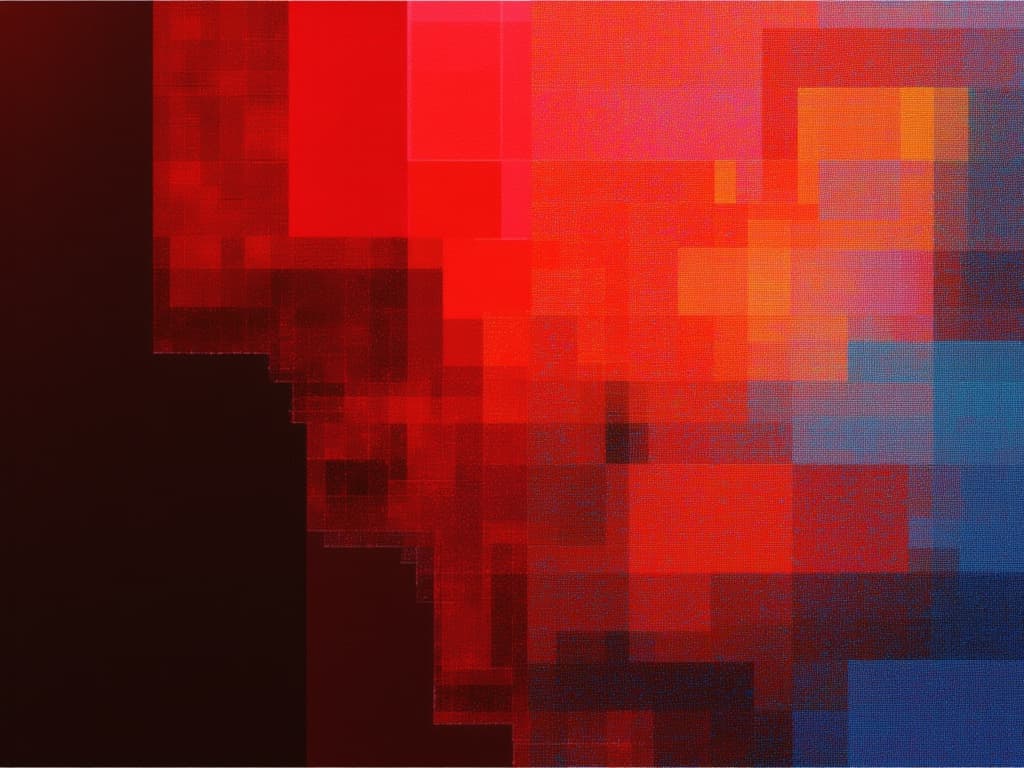

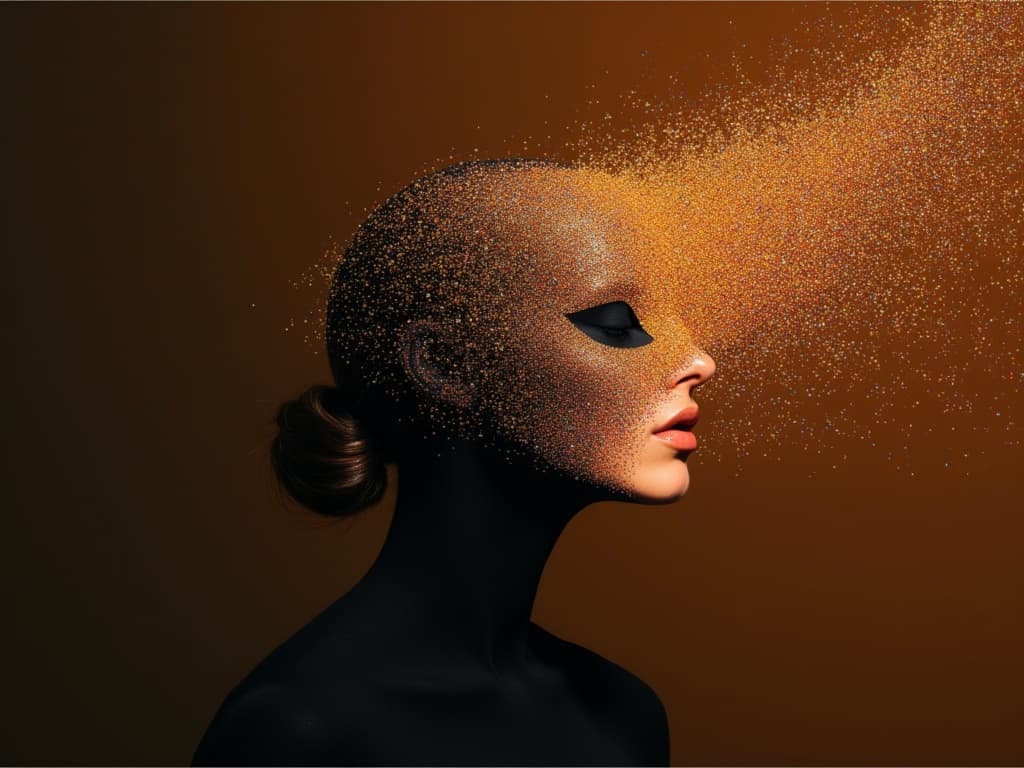
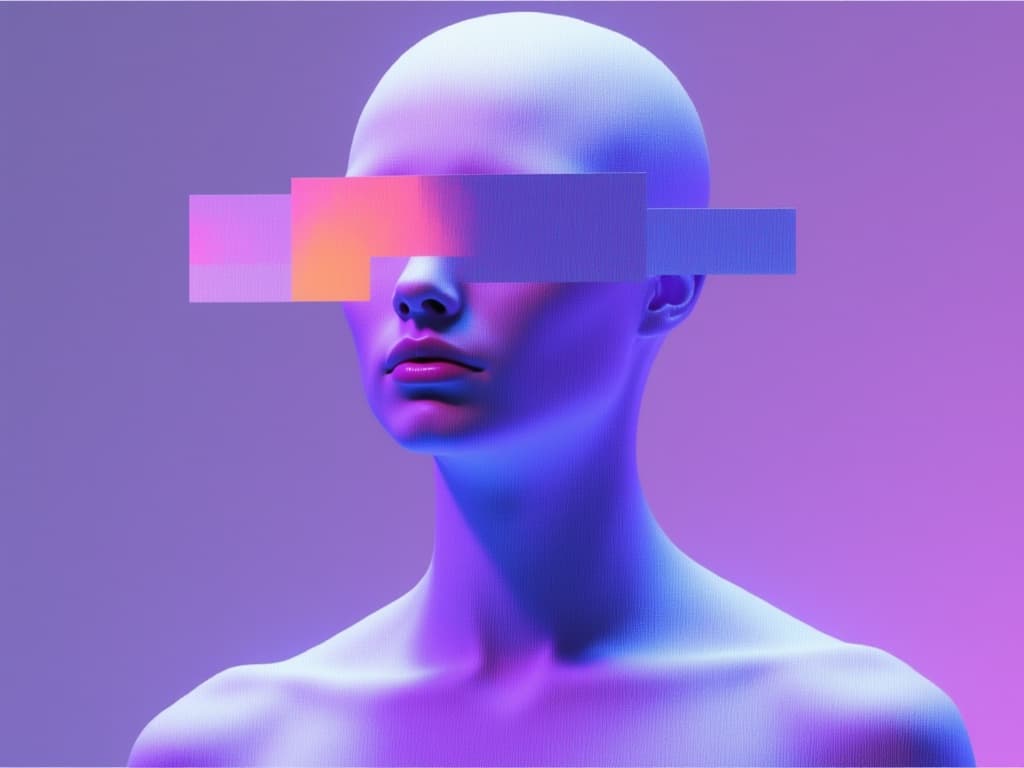













![FLUX.2 [max] delivers state-of-the-art image generation and advanced image editing with exceptional realism, precision, and consistency.](/_next/image?url=https%3A%2F%2Fv3b.fal.media%2Ffiles%2Fb%2F0a868a0f%2FzL7LNUIqnPPhZNy_PtHJq_330f66115240460788092cb9523b6aba.jpg&w=3840&q=75)
![FLUX.2 [max] delivers state-of-the-art image generation and advanced image editing with exceptional realism, precision, and consistency.](/_next/image?url=https%3A%2F%2Fv3b.fal.media%2Ffiles%2Fb%2F0a8689a8%2Fbbcmo6U5xg_RxDXijtxNA_55df705e1b1b4535a90bccd70887680e.jpg&w=3840&q=75)


